Home » Vertical Axis Wind Turbine » 500W 12V/24V/48V Vertical Axis Wind Turbine
500W 12V/24V/48V Vertical Axis Wind Turbine
A 500W Vertical Axis Wind Turbine (VAWT) available in 12V, 24V, or 48V configurations could be a great choice for various applications, especially in areas where traditional horizontal axis wind turbines might not be as effective due to wind direction variability. Here are some key points to consider. A 500W turbine can generate up to 500 watts of power under ideal conditions. However, actual output can vary based on factors such as wind speed, turbine efficiency, and maintenance. Unlike traditional horizontal axis turbines, VAWTs have blades that rotate around a vertical axis. This design can be advantageous in turbulent or gusty wind conditions and allows for easier maintenance as the generator and other components can be located at ground level.
Basic Specification: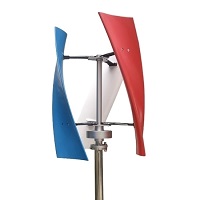
Buy a 1000W 24V/48V/96V vertical axis wind turbine now!
Dimension (Unit: mm)
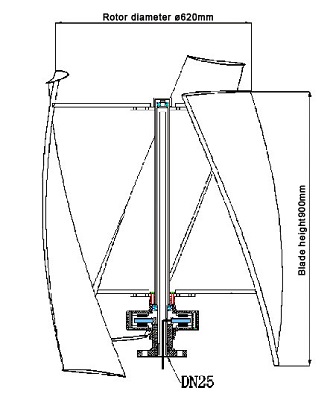
FAQ: What is the working principle of vertical axis wind turbines?
Basic Specification:

Model: ATO-X5-500
Rated Power: 500W
Rated Voltage: 12V/24V/48V
With Controller: Yes
Start Up Wind Speed: 2 m/s
Rated Wind Speed: 12 m/s
Survival Wind Speed: 50 m/s
Wheel Diameter/Height: 0.55m/0.75m
Buy a 1000W 24V/48V/96V vertical axis wind turbine now!
Dimension (Unit: mm)

FAQ: What is the working principle of vertical axis wind turbines?
- Vertical Rotation: Unlike horizontal axis wind turbines (HAWTs) which have blades rotating around a horizontal axis, VAWTs have blades that rotate around a vertical axis, resembling an eggbeater or a carousel.
- Lift and Drag: VAWTs typically operate based on drag or lift principles. Some designs rely on the lift generated by airfoil-shaped blades, similar to airplane wings. Others utilize the drag force caused by the wind pushing against the blades as they rotate.
- Wind Interaction: As the wind blows, it interacts with the blades of the VAWT. The aerodynamic profile of the blades, along with their shape and angle, determines how they harness energy from the wind.
- Rotation: As the wind interacts with the blades, it causes them to rotate around the vertical axis. The rotation of the blades drives a rotor connected to a generator, converting the mechanical energy of the rotating blades into electrical energy.
- Savonius and Darrieus Designs: There are different designs of VAWTs, with the Savonius and Darrieus designs being the most common. The Savonius design utilizes curved blades and relies on drag forces for rotation, while the Darrieus design often employs airfoil-shaped blades and operates on lift forces.
- Self-Starting: One advantage of many VAWT designs is that they are self-starting. This means they can begin rotating and generating electricity even at low wind speeds, making them suitable for locations with variable or turbulent winds.
Post a Comment:
You may also like:

Featured Articles
Overvoltage Protection for Wind ...
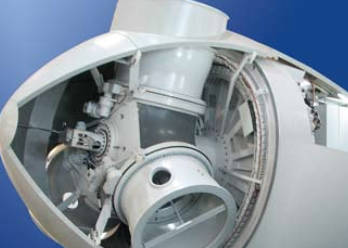 Due to their principle of operation, wind turbines have to be set up outdoors and are used in a wide range of ...
Due to their principle of operation, wind turbines have to be set up outdoors and are used in a wide range of ...
 Due to their principle of operation, wind turbines have to be set up outdoors and are used in a wide range of ...
Due to their principle of operation, wind turbines have to be set up outdoors and are used in a wide range of ...Wind Farm Siting, Installation and ...
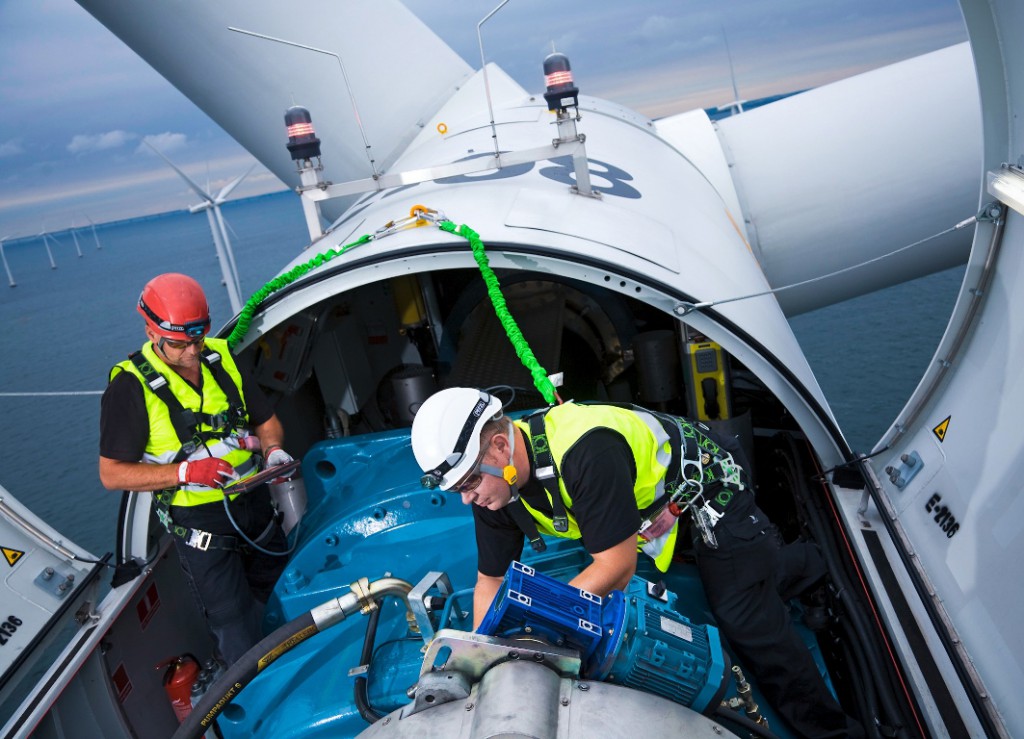 Before wind turbines can be installed, the most appropriate location or locations for them needs to be determined. The ...
Before wind turbines can be installed, the most appropriate location or locations for them needs to be determined. The ...
 Before wind turbines can be installed, the most appropriate location or locations for them needs to be determined. The ...
Before wind turbines can be installed, the most appropriate location or locations for them needs to be determined. The ...Is Wind Energy Practical for Me?
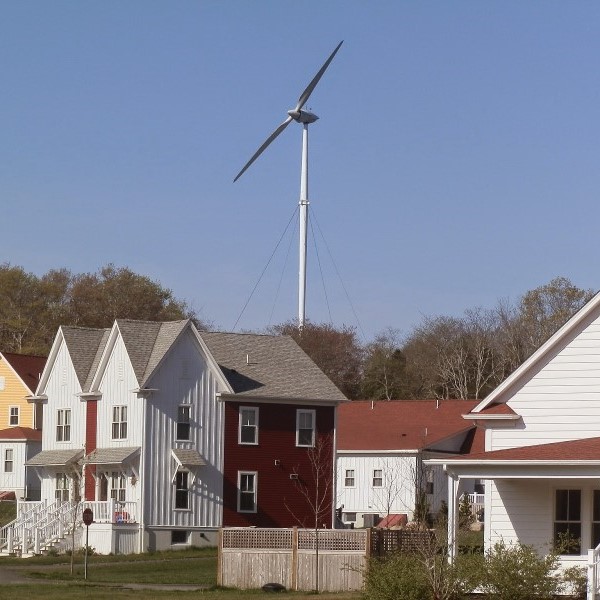 Can I use wind energy to power my home? More people across the country are asking this question as they look for a hedge ...
Can I use wind energy to power my home? More people across the country are asking this question as they look for a hedge ...
 Can I use wind energy to power my home? More people across the country are asking this question as they look for a hedge ...
Can I use wind energy to power my home? More people across the country are asking this question as they look for a hedge ...How do Wind Turbines Work?
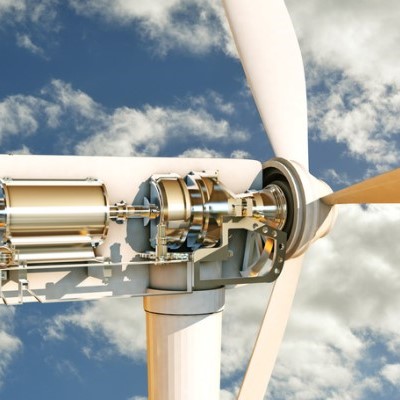 Wind turbines generate electrical power in the same way as all other generation technologies. The only difference is in the ...
Wind turbines generate electrical power in the same way as all other generation technologies. The only difference is in the ...
 Wind turbines generate electrical power in the same way as all other generation technologies. The only difference is in the ...
Wind turbines generate electrical power in the same way as all other generation technologies. The only difference is in the ...What is the Wind Energy Conversion ...
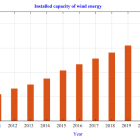 Due to technical and economic visibility, wind power has emerged as one of the most promising renewable energy sources ...
Due to technical and economic visibility, wind power has emerged as one of the most promising renewable energy sources ...
 Due to technical and economic visibility, wind power has emerged as one of the most promising renewable energy sources ...
Due to technical and economic visibility, wind power has emerged as one of the most promising renewable energy sources ...